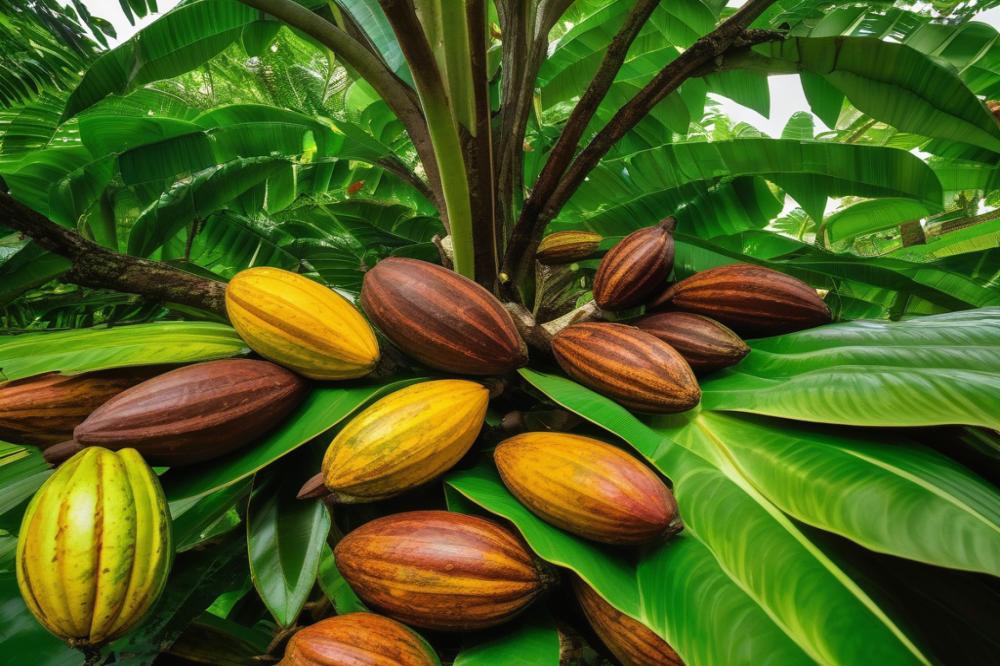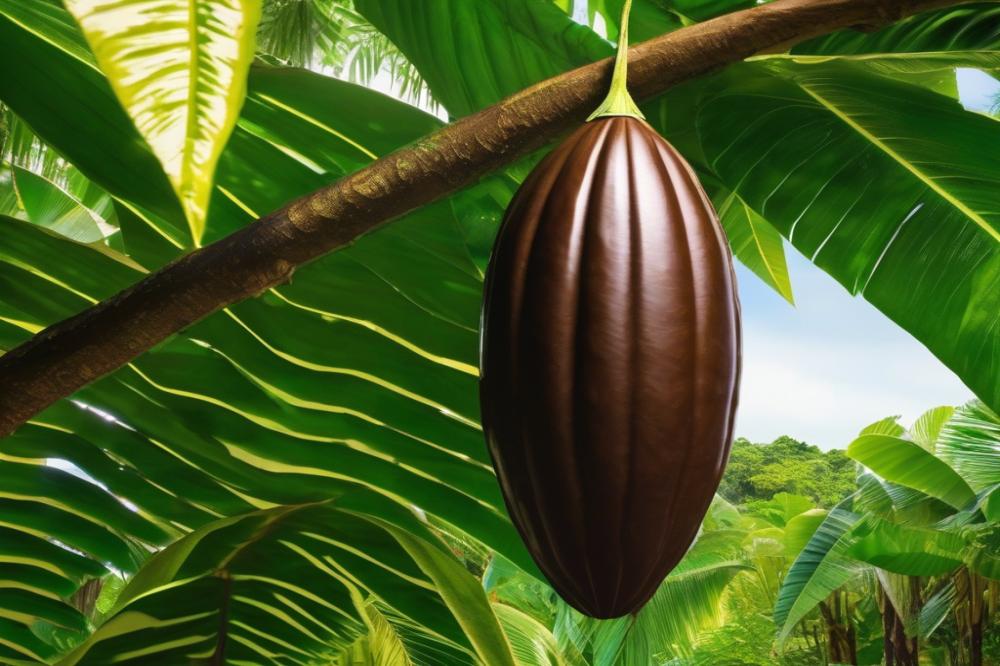Introduction
Cocoa cultivation holds immense significance in global agriculture. The Cocoa plant serves as a vital source of income for millions of farmers around the world. It not only supports local economies but also contributes to numerous culinary treats that people enjoy daily. Recognizing this, protecting the health of Cocoa plants becomes crucial.
Addressing cocoa plant diseases is essential for maintaining the quality and productivity of cocoa farms. Various threats, such as fungal diseases and viral diseases, pose great risks to crops. Farmers face the challenge of managing these threats while striving to produce high-quality cocoa. Effective pest management practices have never been more important.
This article aims to explore several strategies for the prevention and management of diseases in cocoa plants. We will discuss the importance of proper cocoa tree care and how it can influence disease resistance. Additionally, agroforestry practices and field sanitation will be examined as effective methods against potential threats. Readers will learn about integrated pest management, organic farming techniques, and the benefits of crop rotation. Together, these strategies can enhance the resilience of cocoa crops and ensure a sustainable future for cocoa production.
Understanding cocoa plant diseases
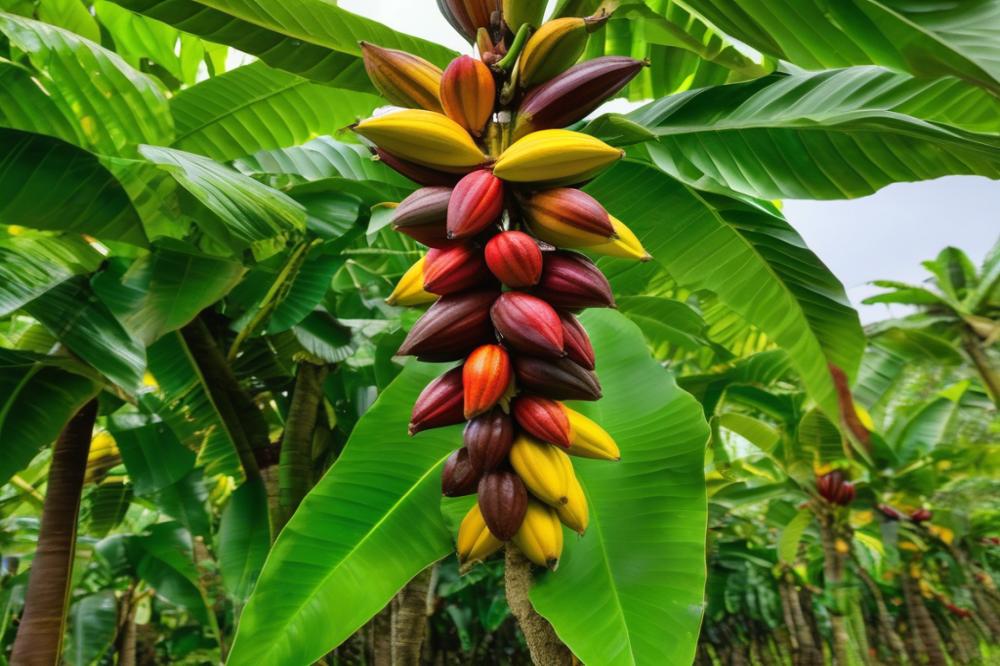
Cocoa plant diseases are serious threats to the production of chocolate. They can significantly reduce yield and affect the quality of cocoa. Different types of diseases impact cocoa trees in various ways. Understanding these threats is vital for farmers and growers.
Definition and Types of Cocoa Plant Diseases
Diseases affecting cocoa plants can be broadly categorized into fungal and viral diseases. fungal diseases are the most common and can spread rapidly. They often arise from poor environmental conditions or inadequate cocoa tree care. Viral diseases, while less frequent, are equally destructive. They usually require specific management strategies to tackle them effectively.
Fungal Diseases and Their Impact on Crop Yield
Fungal diseases such as Black Pod, Witches’ Broom, and Vascular-streak dieback are notorious among cocoa growers. Black Pod disease, for instance, can devastate entire crops if not managed properly. It thrives in humid conditions, leading to severe loss of cocoa pods. Yield reductions from this disease can reach up to 80% in affected areas. In addition, Witches’ Broom introduces challenges in disease resistance, affecting the overall health of cocoa trees.
Viral Diseases Affecting Cocoa Plants
Viral diseases are less prominent but still pose threats to cocoa production. These diseases often reduce the vitality of the cocoa tree and hinder growth. Cocoa swollen shoot virus is a notable example. This virus can cause stunted growth and reduced pod formation, ultimately affecting yield and quality. Effective pest management can help mitigate these viral threats.
Common Pests and Their Role in Disease Transmission
Pests play a crucial role in the transmission of many plant diseases. Insects like aphids and mealybugs can carry viral pathogens from infected to healthy plants. Such pests can lead to new outbreaks of diseases. Implementing integrated pest management, along with the right agroforestry practices, can significantly reduce these risks. Crop rotation is another beneficial strategy to reduce pest populations and maintain soil health. Field sanitation practices also help eliminate potential disease sources, promoting better cocoa tree growth.
Prevention Strategies for Cocoa Plant Diseases
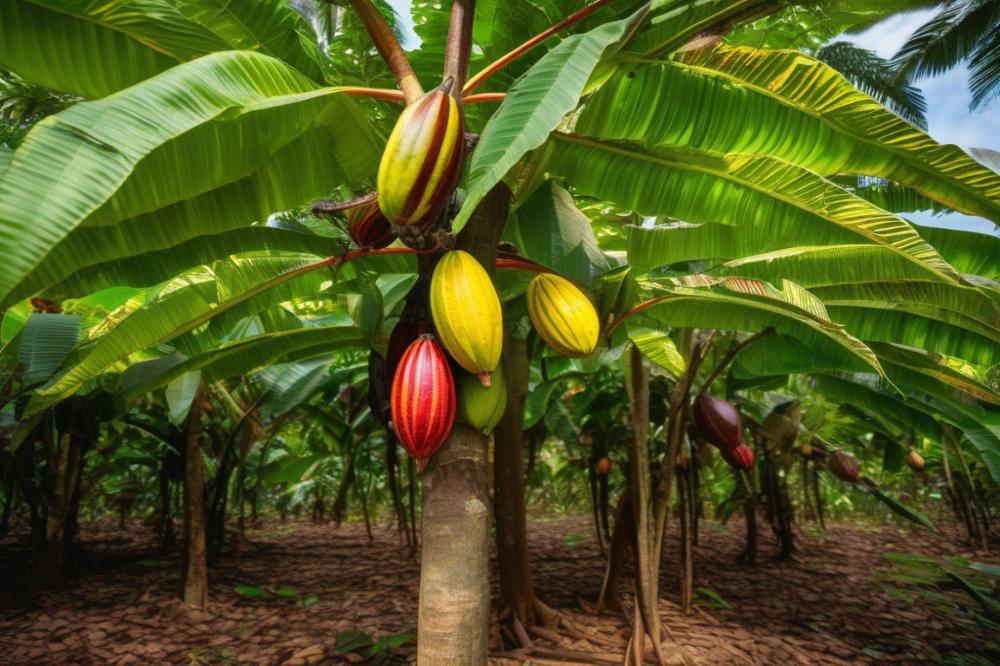
Cocoa Tree Care Practices to Promote Plant Health
Caring for cocoa trees is essential for their health. Regular pruning helps manage tree density and improves air circulation. Proper watering can reduce stress on plants, making them less susceptible to diseases. Farmers should also use organic farming methods. Compost and natural fertilizers enrich the soil. Healthy soil leads to robust trees, creating a foundation for disease resistance.
Implementing Field Sanitation to Reduce Disease Spread
Field sanitation plays a significant role in disease control. Removing fallen fruit and debris minimizes the risk of fungal diseases. Keeping tools clean also helps stop the spread. Washing hands and equipment after handling infected plants is crucial. These simple steps are often overlooked, yet they can make a big difference.
The Role of Agroforestry Practices in Disease Prevention
Agroforestry practices contribute positively to cocoa cultivation. Diversifying crops fosters a balanced ecosystem. Certain plants can repel pests or attract beneficial insects. A mixture of different species reduces the likelihood of a single pest or disease impacting the whole area. Crop rotation also encourages soil health, which supports stronger, more resilient cocoa trees.
Developing Disease-Resistant Cocoa Plant Varieties
Investing in research for disease-resistant cocoa varieties is vital. Scientists work on breeding techniques that enhance disease resistance. These plants may withstand both fungal and viral diseases better than traditional varieties. Growers who plant these unique strains can protect their yields. Such advancements offer a promising solution for sustainable cocoa production.
Management Strategies for Cocoa Plant Diseases
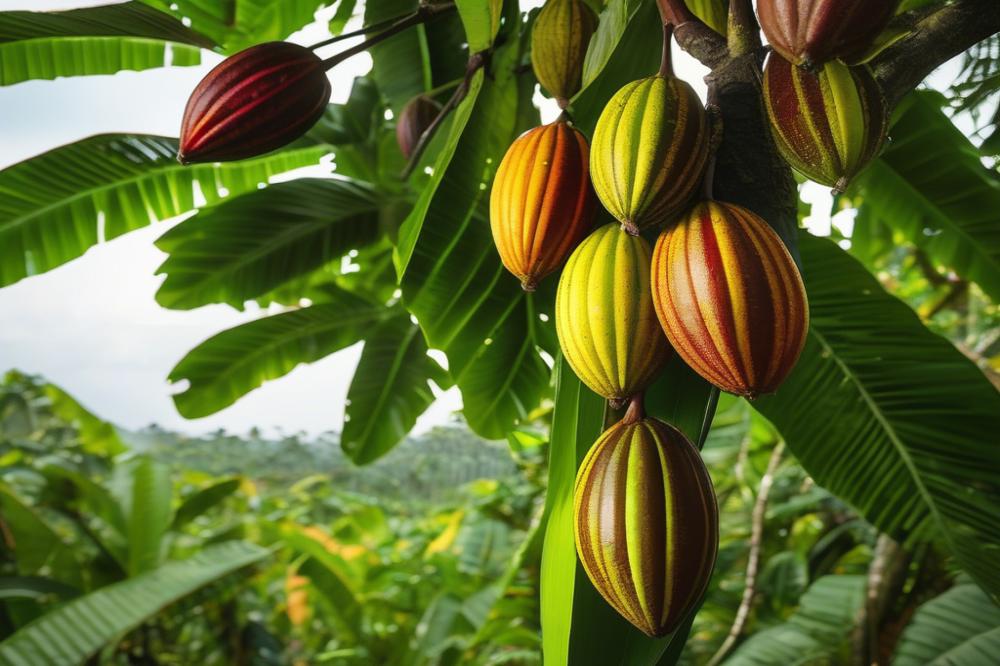
Integrated Pest Management Techniques
Pest management plays a crucial role in protecting cocoa crops. Integrated pest management (IPM) combines various strategies for effective control. Farmers can utilize techniques such as biological control, where natural predators help manage pest populations. Chemical applications may be necessary, but farmers should use them judiciously. Relaying on beneficial insects can lead to healthier cocoa trees. Rotating crops and diversifying plant varieties is also beneficial. These practices create a balanced ecosystem that minimizes pest outbreaks.
Organic Farming Practices to Combat Diseases
Organic farming is gaining popularity among cocoa growers. This approach promotes the use of natural substances to control plant diseases and pests. Techniques like composting and green manuring build soil health and improve tree resilience. Crop health can often be enhanced through organic methods that avoid harmful chemicals. Using neem oil or garlic extracts provides a natural defense against fungal and viral diseases. Farmers adopting organic methods often report lower levels of plant disease. Such sustainable methods contribute to a healthier environment overall.
Crop Rotation as a Preventive Measure
Crop rotation proves effective in disease management. By alternating crops, farmers break the life cycle of pests and diseases. Shifting from cocoa to legumes or cereals reduces the risk of soil-borne diseases impacting cocoa trees. Introducing different crops shifts the nutrient balance, benefiting soil health. Variety in planting can also deter specific pests from becoming established. This practice transforms a field’s vulnerability into a strength over time.
Regular Monitoring and Early Detection of Diseases
Regular monitoring is essential for successful cocoa tree care. Inspecting plants frequently allows farmers to spot early signs of disease. Swift action can be taken if an outbreak is detected. Utilizing tools such as disease-resistant varieties offers an additional layer of protection. Field sanitation is another key practice. Keeping the area free of debris limits conditions favorable for fungal growth. Awareness and prompt action can significantly reduce losses to cocoa trees from diseases.
Case Studies and Success Stories
Successful disease management in cocoa production can be found across different regions. Farmers have adopted various strategies to tackle challenges like fungal and viral diseases. For instance, in Trinidad, farmers have implemented integrated pest management (IPM) techniques. This approach combines biological control with careful monitoring. It focuses on preventing outbreaks before they escalate.
A case study from Ecuador highlights the importance of agroforestry practices. Here, farmers planted banana trees alongside cocoa. This practice reduced the severity of certain fungal diseases. It also created a habitat for beneficial insects that prey on pests. Farmers noted a significant decrease in the need for chemical treatments.
In West Africa, cocoa tree care has transformed the landscape. Farmers started emphasizing field sanitation. They regularly removed diseased pods and leaves. This practice helped limit the spread of infections. As a result, crops yielded higher quantities of healthy pods.
Another success story comes from Indonesia, where an organic farming initiative took root. Farmers focused on building disease resistance in their crops. They used natural compost and organic fertilizers. This method not only nourished the plants but also enhanced their resilience against pests and diseases. The efforts were evident, as crop rotation led to richer soil and more robust plants.
From the northern regions of Ghana, lessons learned by seasoned cocoa farmers can be invaluable. They share knowledge about diversifying crop types. Planting different varieties helps to break the cycle of pest problems. Each farmer has their own strategies. Some choose to rotate crops regularly. Others focus on specific pest management techniques, tailoring solutions to their unique environments.
Overall, these case studies and experiences showcase a variety of techniques. Farmers who combine methods often achieve the best results. The journey of managing cocoa production is not always easy, but these stories provide hope and inspiration. Engaging with one another can drive innovation in the fight against cocoa plant diseases. Sharing lessons learned can spark new ideas that lead to sustainable farming practices.
Final Thoughts on Cocoa Plant Diseases prevention and management
The fight against cocoa plant diseases is critical for both the health of the crops and the livelihoods of farmers. Effective prevention and management strategies can make a significant difference. Farmers must regularly monitor their plants for early signs of trouble. Identifying issues early on is crucial in minimizing damage. Cultural practices, such as crop rotation and proper spacing, can help maintain soil health and reduce disease spread. Using resistant varieties is another smart approach that has proven effective.
It is important to adopt sustainable practices that prioritize the environment. For example, integrating organic approaches can enhance soil biodiversity and promote natural pest control. Farmers should consider using biological controls instead of relying solely on chemical treatments. This helps maintain the ecosystem’s health while also addressing the issue of fungal diseases effectively. By reducing chemical dependencies, communities can foster resilience and sustainable growth.
Furthermore, a call to action resonates strongly. Communities must support research for innovative solutions. Increased funding for studies focusing on viral diseases will only benefit cocoa production. Organizations and governments should work together, offering expertise and resources to farmers. Only through collaboration can we tackle these challenges effectively.
Encouraging knowledge sharing among growers can promote better practices. Workshops and training sessions can empower farmers with the tools they need. Investing time in education will lead to informed decisions, benefiting everyone involved in the cocoa industry. Together, we can combat threats and ensure a brighter future for cocoa farming.

